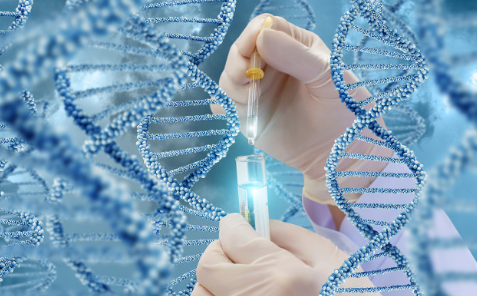Welcome to choose us, Shanghai Hengyuan Biological Technology Co., Ltd.!Free service hotline:400-0899-208
Language:CH Security check
Industry news
-
How to prevent the formation of black spots in fetal bovine serum culture
Recently, a customer inquired about how to prevent the formation of black spots in fetal bovine serum cell culture? Our technical specialist provided a detailed explanation on how to prevent customers from generating black spots due to operational reasons. Therefore, the following points must be done well. Only then can cell culture proceed smoothly.
- View details

-
Is the sensitivity of ELISA kit low?
Recently, a customer reported that all the plate holes, including the positive control and quality control, had lighter colors after completing the experiment. What is the reason for this? After our technical organization, we provide the following analysis and invite you to take a look!
- View details

-
Do you know the reasons for the deterioration of ELISA kits?
Deterioration of ELISA kits is a common problem in ELISA experiments. So, what is the reason for the deterioration of ELISA kits? What affects the warranty of ELISA kits? What impact will it have once it deteriorates? Hengyuan Biology will provide a detailed analysis for everyone.
- View details

-
Technical Column: Frequently Asked Questions and Answers for Flow Cytometry (FCM)
FCM is a technique that uses flow cytometry to perform individual, multi parameter, and rapid qualitative and quantitative analysis or analysis of single row cells or biological particles in a fast linear flow state. However, in the practical application of FCM, obtaining high-quality streaming data is not an easy task. We will now analyze the common problems in FCM experiments, hoping to help relevant experimenters improve the success rate of the experiments.
- View details

-
Key points to note in ELISA experiments!
Shanghai Hengyuan Biotechnology Co., Ltd. was established in December 2010, integrating research and development, production, and sales. Its core is the production of scientific research reagents and the supply and production of diagnostic reagent raw materials. It is committed to providing high-quality biological products to customers from universities, research institutions, diagnostic reagent manufacturers, and biopharmaceutical companies worldwide. Hengyuan Biotechnology currently has over 500000 genetic products of various species; More than 200000 types of recombinant proteins; There are over 30000 types of polyclonal antibodies from dozens of species and hundreds of high-quality monoclonal antibodies. Hengyuan brand has independently developed ELISA kits, which now cover over 20 species and thousands of products, involving more than ten research fields such as tumors, hormones, autoimmune, cardiovascular, and metabolism. Hengyuan Biotechnology has summarized that the crucial steps in ELISA kit experiments are:
- View details

News
Latest news
- Product description of human collagenase ELISA kit
- What should be noted when drawing the ELISA standard curve?
- Hengyuan Biotechnology | Immunohistochemical Experiment Strategy
- Microbial Reactive Oxygen Species (ROS) ELISA Kit Product Description
- Storage instructions for chemical reagents
- Hengyuan Biological Mouse ELISA Kit has new indicators!
- New Product Recommendation: Hengyuan Biological Human ELISA Kit Recommended New Indicators
- Hengyuan Biotechnology | Key points of ELISA experiment - incubation
- What are the methods for culturing vascular smooth muscle cells with fetal bovine serum?

